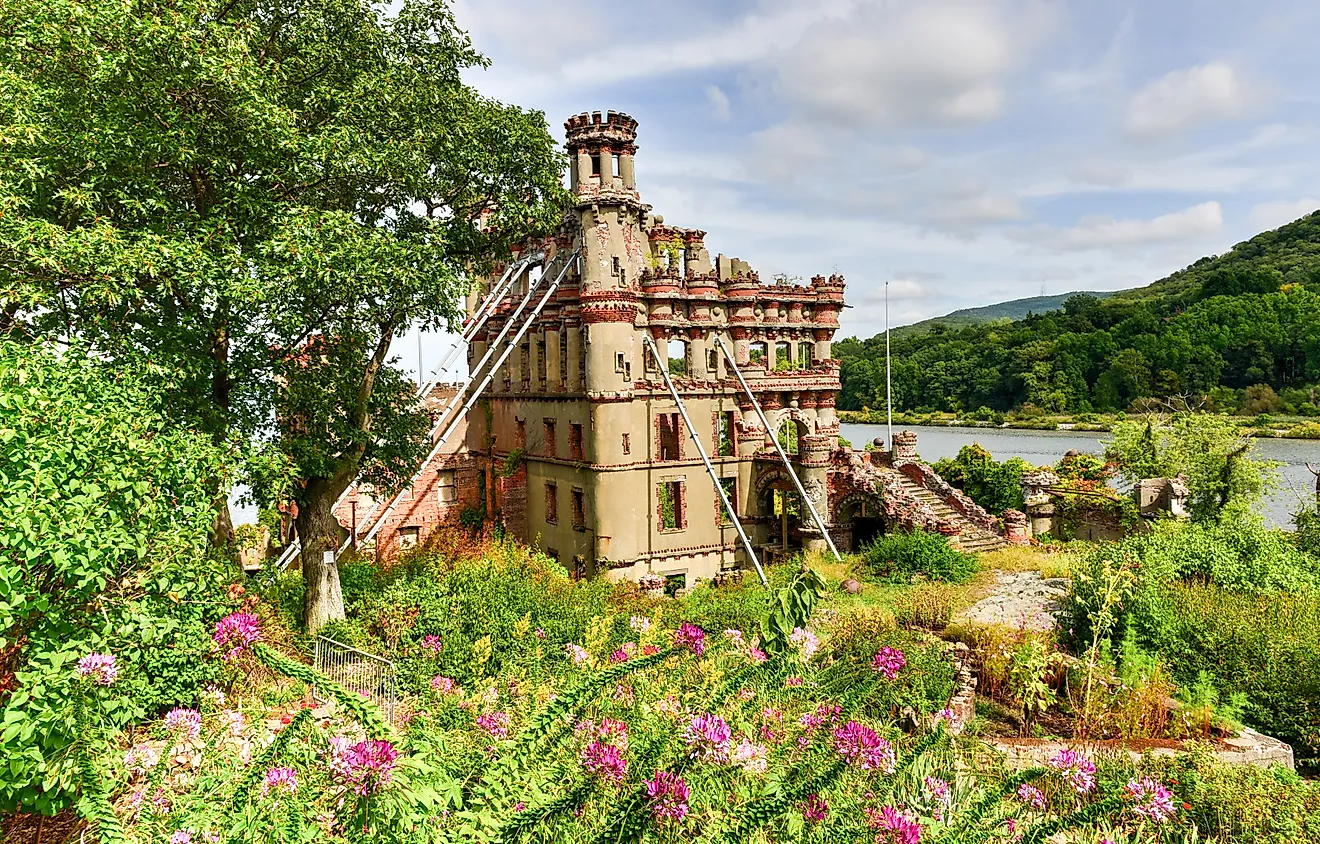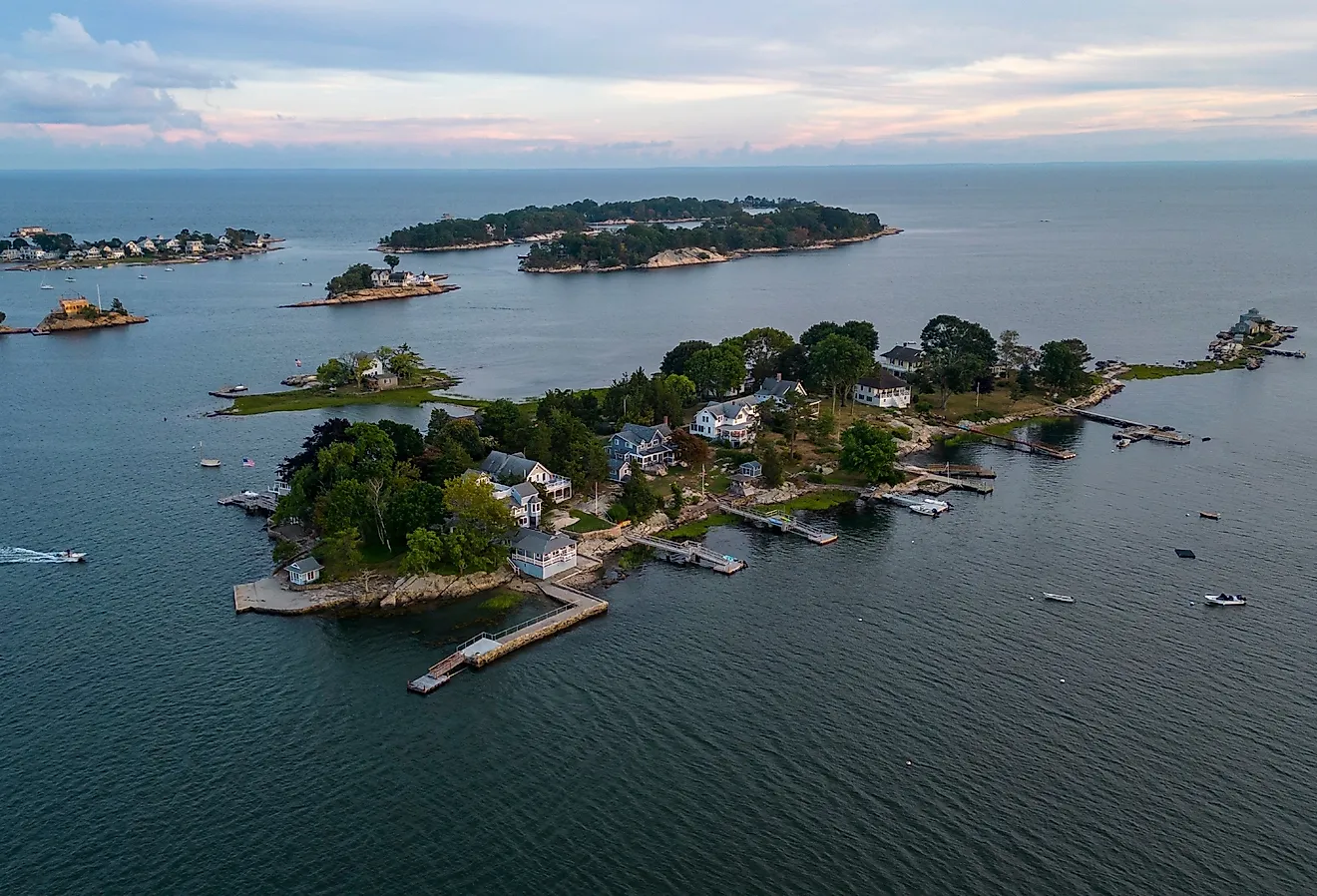
Paricutin Volcano
Also referred to as Volcán de Parícutin, Parícutin is one of the youngest volcanoes on the planet that is situated in the west-central part of Mexico in the state of Michoacán. The Parícutin volcano gained widespread attention for its sudden appearance and mild eruptions in 1943 from a cornfield that was owned by a native farmer named Dionisio Pulido. Since then, the Parícutin volcano has attracted several researchers for documenting the full life cycle of a volcano and has also become one of the most popular tourist destinations in the country.
Geography
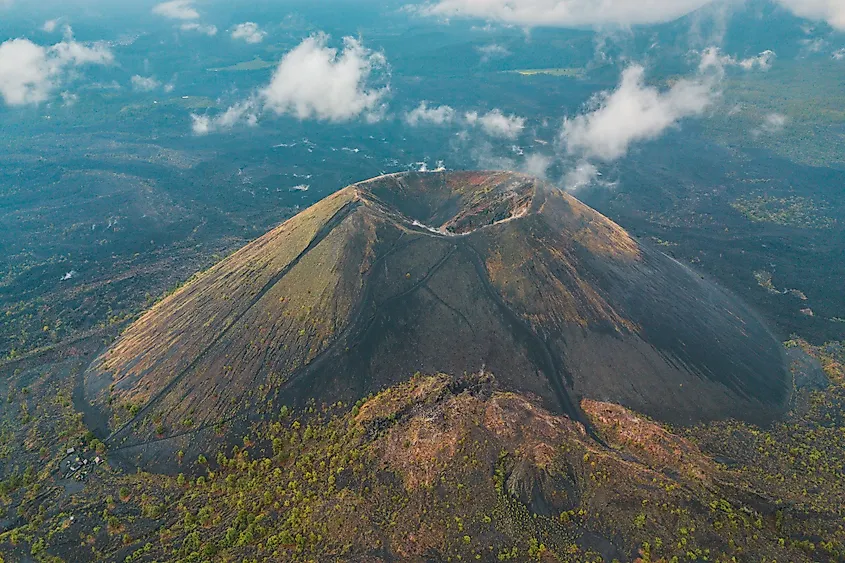
Parícutin volcano is situated in the Nuevo San Juan Parangaricutiro municipality in the Mexican state of Michoacán, about 322km to the west of Mexico City and 29km to the west of the Uruapan city. This scoria-cone volcano is positioned on the northern flank of the volcanic mountain Pico de Tancítaro and forms a part of the Trans-Mexican Volcanic Belt, which is a series of volcanic vents and cinder cones that runs for more than 900km from west to east across the central part of Mexico. The Parícutin volcano is considered to be the most notable volcano among all the scoria-cone type volcanoes on Earth. It is also one of the youngest volcanoes among the 1,400 volcanic vents that form a part of the Michoacán-Guanajuato volcanic field.
Geologists believe that the volcanic activities in the Michoacán state of Mexico are due to the subduction of Cocos and the Rivera tectonic plates that are placed along the Middle America Trench. The volcanic activities in this region have resulted in the formation of mountains, rocky deposits, and fertile volcanic soil.
Scientific Study
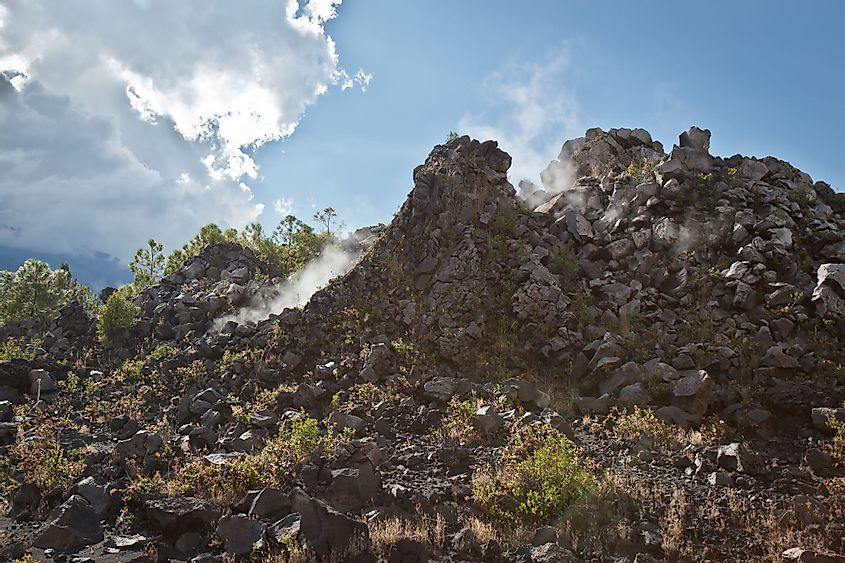
The Parícutin volcano provided the volcanologists a great insight to discover many unknown facts about the volcanoes and their activities. For the first time, the Parícutin volcano also offered scientists, geologists, and researchers the extremely rare opportunity to document the entire life cycle of a volcano. Just after the volcanic eruption, renowned researchers from the Mexican government and the Smithsonian Institution visited the site and stayed there for several years to provide maps, photographs, and a detailed account of the scoria-cone formation. Within just five years from 1943 to 1948, more than 50 scientific articles about the volcano were published in leading journals and more such articles about the volcano continue to be published even today.
The Parícutin volcano continued to erupt for nine years from 1943 to 1952. This entire nine-year activity of the volcano can be divided into four stages: The first phase or Quitzocho which took place from February 22 to October 18, 1943; the second phase or Sapichi which took place from October 18, 1943, to January 8, 1944; the third phase or Taqué-Ahuan which took place from January 8, 1944, to January 12, 1945. For the next 7 years, the volcano became less active and the last phase of volcanic activity was recorded between January and February 1952. By 1952, the Parícutin volcanic eruption had led to the formation of a 424m high cone, and the lava, volcanic ash, and smoke produced by the Parícutin volcano had destroyed more than 233 sq. km area of the surrounding land. As per estimates though only three people died, the volcanic eruption had led to the permanent relocation of hundreds of people who lived in the region.
Tourism
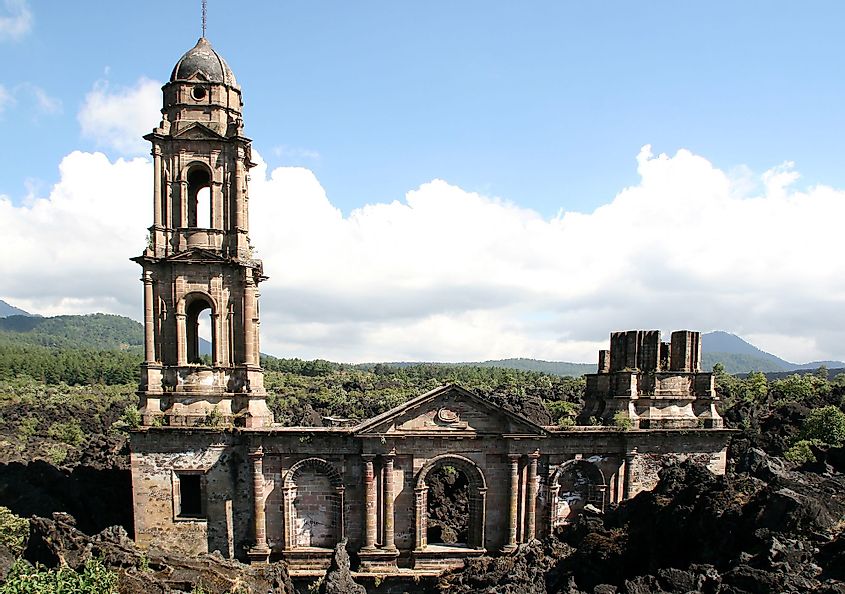
After the eruptions finally ended in 1952, the volcano peak reached an elevation of 2,808m. Although scientists have declared the Parícutin volcano to be extinct, the volcano is still hot as rainwater that seeps in reacts with the heat and escapes in the form of steam from the cone. It is believed that the forces that created the Parícutin volcano are still very much active and the ground beneath the volcano is highly unstable and has led to many earthquakes in the region. Nevertheless, the currently dormant Parícutin volcano has become one of Mexico’s major tourist destinations. The volcano also forms a part of the Pico de Tancítaro National Park and the tourists can easily climb the volcano peak as well as view the ruins of the San Juan Parangaricutiro Church. The Cable News Network named the Parícutin volcano as one of the 7 Natural Wonders of the World in 1997.










